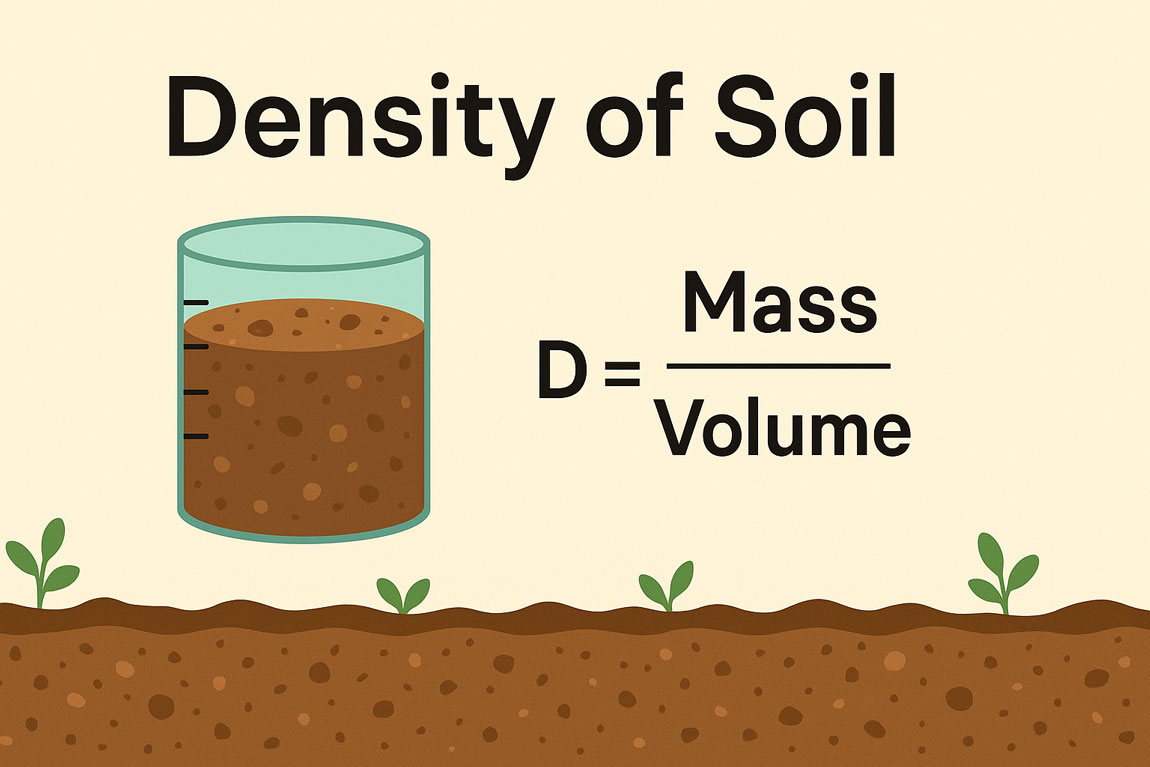Chronostratigraphy is the branch of stratigraphy that deals with the temporal relationships between rock layers. A chronostratigraphic unit refers to a block of rock that formed during a particular geological time (Salvador, 1994).
Chronostratigraphy (and Geological Time):
- Establishing the time relationship among rock units in different parts of a basin or among basins is called ‘chronostratigraphy.
- Rock relationships, lithostratigraphy, and biostratigraphy provide essential information about the order in which geological events have happened in a relative sense but give no idea of the absolute age of these events.
- As Krumbein and Sloss (1963) point out, these descriptive stratigraphic units do not allow interpretation of the local stratigraphic successions regarding Earth history, i.e., time.
- Interpreting Earth’s history requires that stratigraphic units be related to geological time, i.e., the ages of the rock units must be known.
- Stratigraphic units defined and delineated based on time are known as ‘geologic time units.’
Chronostratigraphic correlation:
i) Paleontology
ii) Quantitative chronology
iii) Eustatic sea-level changes
iv) Lithologic character
v) Time-parallel strata
vi) Position in bathymetric cycle
vii) Position in the climatic cycle
Chronostratigraphic classification:
The arrangement of rocks into distinct units serves as a way to depict geological time. Chronostratigraphic classification aims to methodically categorize the rocks that make up the Earth’s crust into specific named units, known as chronostratigraphic units.
These units reflect different periods of geological time (geochronologic units) and act as valuable references when discussing Earth’s history, including the progression of life.
Naming of Chronostratigraphic Units:
A formal chronostratigraphic unit is identified with a binomial name that consists of a proper name paired with a term-word, with both elements starting with capital letters. The corresponding geochronologic unit is formed in the same way, using the same proper name together with the relevant geochronologic term, such as Cretaceous System for the Cretaceous Period.
Nature of Chronostratigraphic Units:
- Chronostratigraphic units refer to rock formations, whether they have layers or not, that were created within a defined period of geological time.
- The periods of geologic time when chronostratigraphic units were created are referred to as geochronologic units.
- Chronostratigraphic units refer to all the rocks that were formed during specific periods in Earth’s history, regardless of their different compositions or characteristics. These units are characterized by containing rocks of a particular age, with boundaries that are consistent across locations. This sets them apart from lithostratigraphic units, which can be recognized based on physical presence, as well as biostratigraphic, magnetostratigraphic polarity, and unconformity-bounded units that rely on specific features or properties of the rocks. While other stratigraphic units are distinguished and identified through observable physical traits, chronostratigraphic units are defined by the time they were formed, and an abstract concept is derived from these observable characteristics.
Regional Chronostratigraphic Scales:
The units of the Standard Global Chronostratigraphic (Geochronologic) Scale are only meaningful when they are anchored in thorough local and regional stratigraphy. Thus, the pathway to recognizing uniform global units lies through the detailed examination of local or regional stratigraphic scales.
It is likely that we will always require regional units, even if they do not correlate perfectly with the standard global ones. Prioritizing accuracy and precision in referencing strata to local or regional units is preferable to stretching the current boundaries of time correlation in assigning these strata to a global scale. The same rules apply to both local and regional chronostratigraphic units as well as standard units.
Distinguish between lithostratigraphy and chronostratigraphy:
| Lithostratigraphy | Chronostratigraphy |
| Lithostatigraphy deals with the lithology or physical properties of strata and their organization into units based on their lithological character | Chronostratigraphy deals with the ages of strata and their time relations. |
| Lithostratigraphy establishes rock relationships based on geological events in a relative sense. | Chronostratigraphy establishes rock relationships based on geological events in an absolute sense. |
| The fundamental lithostratigraphic unit is formation | The fundamental chronostratic unit is the system. |
Hierarchy of Formal Chronostratigraphic and Geochronologic Units:
| Chronostratigraphic | Geochronologic |
| Eonothem | Eon |
| Erathem | Era |
| System | Period |
| Series | Epoch |
| Stage | Age |
| Chronozone | Chron |






